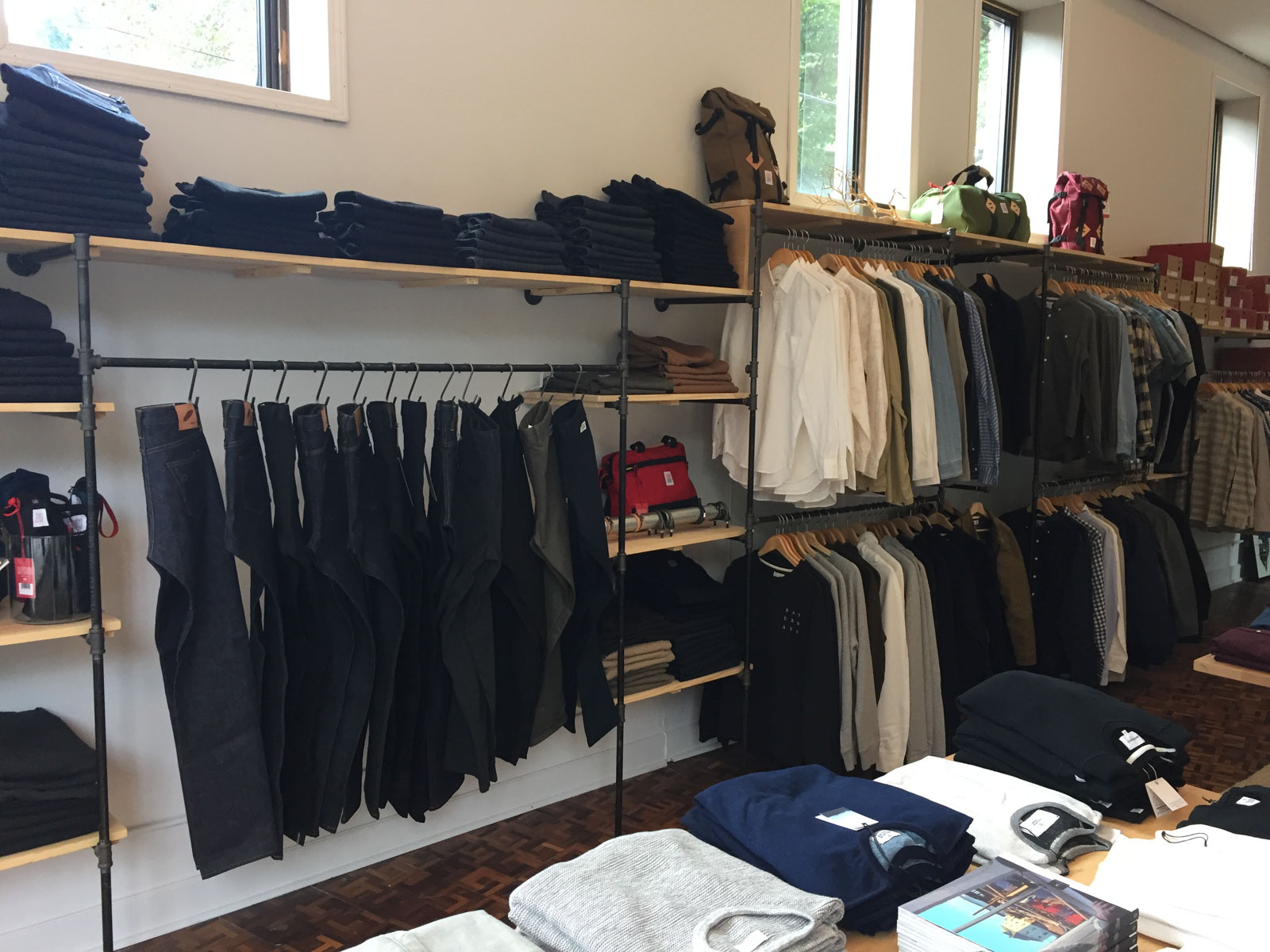Most Current Trends in Eastern Wear Pakistan : A Comprehensive Guide for 2024
Most Current Trends in Eastern Wear Pakistan : A Comprehensive Guide for 2024
Blog Article
Experience the Beauty of Standard Eastern Outfit
Start a trip with the detailed world of traditional Eastern outfit, where each garment tells a tale woven with cultural richness and historic value. From the vivid tones of a Chinese qipao to the regal beauty of a Pakistani shalwar kameez, these garments supply a glimpse into a world where workmanship fulfills artistry. The combination of luxurious textiles and fragile needlework strategies produces a tapestry of beauty that transcends borders and time. Join us as we decipher the secrets behind these exquisite items and find the attraction of Eastern clothes that has actually astounded generations.
History of Eastern Outfit
Eastern clothing has a rich history that dates back centuries, reflecting the diverse cultures and customs of areas such as Asia and the Center East. In Asia, standard attire varies substantially from the vibrant saris worn in India to the stylish robe of Japan.
Throughout history, Eastern attire has not just served as a kind of apparel yet also as a sign of social identity and heritage. Today, Eastern attire continues to advance, mixing standard aspects with modern-day style fads to produce timeless and distinct styles.
Significance of Embroidery
Embroidery plays an important function in typical Eastern clothes, adding complex details and social relevance to garments that have been passed down through generations. In Eastern cultures, needlework is not merely ornamental however holds deep symbolic significances. Each stitch and pattern can communicate tales, ideas, and also social standing.
The art of embroidery in typical Eastern clothing is a labor-intensive procedure that needs skill and patience. Highly experienced artisans diligently hand embroider elaborate designs onto materials using techniques that have actually been improved over centuries. These embroidered styles often mirror the rich cultural heritage of the area they originate from, showcasing concepts inspired naturally, mythology, or historic events.

Glamorous Fabrics Used
Elegant textiles play an essential role in enhancing the style and luxury of traditional outfit throughout varied Eastern cultures. Silk, renowned for its softness and luster, is a popular selection for several standard garments due to its elegant feeling and capability to drape beautifully. In countries like India, China, and Japan, silk has a long background of being utilized in typical attire, signifying wide range and status.
One more widely made use of lavish fabric is brocade, defined by intricate patterns woven into the product. Brocade adds a touch of refinement to garments and is commonly seen in ceremonial clothing and official wear. Velvet, with its deluxe texture and abundant appearance, is likewise a prominent option for standard attire in Eastern cultures, specifically for joyful events and unique events.
In addition, chiffon, fabric, and satin are often used for their running and light-weight top qualities, adding a feeling of special and style to garments. These luxurious textiles not only elevate the visual appeal of traditional Eastern attire however likewise add to the overall allure and charm of the user.
Craftsmanship Methods
Standard outfit in numerous cultures showcases impeccable craftsmanship techniques that are passed down through generations, highlighting the ability and virtuosity associated with developing these splendid garments. Each stitch, needlework, and embellishment is carefully find more info crafted to develop ageless items that embody the social heritage and traditions of the area. The workmanship methods utilized in standard Eastern clothes commonly involve elaborate handwork, such as hand weaving, hand needlework, and hand beading, which need precision and interest to information.
Artisans who focus on these methods undergo years of training to excellent their skills and understand the traditional approaches of garment construction. Making use of top quality materials incorporated with professional craftsmanship causes garments that not only look aesthetically spectacular yet also stand the test of time. The devotion to preserving these craftsmanship methods ensures that each item of conventional Eastern attire is a work of art, showing the rich social history and heritage of the region.
Timeless Elegance and Appeal

The elaborate needlework, fragile beadwork, and elegant textiles used in traditional Eastern clothing add to its unequaled appeal. The thorough handiwork gave via generations guarantees that every piece informs a tale and emanates elegance and grace.
In addition, the traditional silhouettes and graceful draping of conventional Eastern attire add to its long-lasting charm. The flowing lines and classy styles create a sense of harmony and balance that is both aesthetically attractive and mentally fascinating.
Fundamentally, the timeless beauty and charm of typical Eastern outfit act as a testament to the ability and creativity of the craftsmen who devote their lives to protecting these splendid sartorial traditions. - eastern wear pakistan
Conclusion
In final thought, the style of traditional Eastern clothes is a testimony to the abundant background, cultural significance, and complex craftsmanship of the area. From the sophisticated embroidery to the elegant materials and timeless charm, each garment narrates and mirrors the cultural identification of its beginnings. Embracing Eastern outfit allows one to appreciate the creativity and elegance that have been given via anonymous generations, creating exciting and absolutely charming items.
Embark on a journey via the detailed globe of typical Eastern attire, where each garment informs a story woven with cultural splendor and historical importance.Embroidery plays an important function in typical Eastern outfit, including detailed information and cultural value to garments that have been passed down via generations.Glamorous materials play a crucial function in go to my site enhancing the beauty and luxury of traditional clothes across varied Eastern cultures. The workmanship methods made use of in standard Eastern clothing commonly entail intricate handwork, such as hand weaving, hand embroidery, and hand beading, which require accuracy and attention to detail.
In verdict, the style of typical Eastern clothes is a testimony to the abundant history, social relevance, and complex workmanship of the area.
Report this page